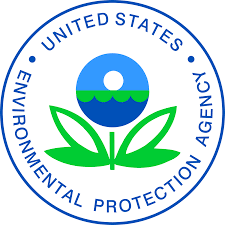U.S. EPA removes requirement for curbing toxic air pollutants
The Environmental Defense Fund indicated it would sue the EPA after the new rule is signed. The 1995 rule had resulted in the elimination of 1.7 million tons of hazardous air pollution over two decades, according to a 2017 EPA fact sheet.

- Country:
- United States
The U.S. Environmental Protection Agency on Thursday reversed a Clinton administration-era policy that required major U.S. sources of hazardous air pollution like arsenic and lead to maintain pollution control technology throughout the lifetime of their operation, enabling them to meet less stringent standards.
The agency finalized its 2018 proposal to reverse the 1995 "once in, always in" policy, which locked in so-called maximum achievable control technology standards (MACT) for major pollution sources like industrial plants and refineries for the lifetime of those facilities, even after they reduced emissions. The EPA said the change will ease costs for companies without undermining air quality by holding their facilities to less stringent regulatory standards as soon as they have reduced pollution back below a certain limit.
"This action reduces regulatory burden and provides a level of fairness and flexibility for sources that reduce HAP emissions below major source thresholds," according to the final rule issued by the EPA. Environmental groups said the change creates a "loophole" for big industrial plants to pollute more, threatening low income communities that are often near such plants.
"The guidance was specifically designed to secure public protection from especially hazardous air pollutants - which in many cases are carcinogenic, or neurotoxic even in very small quantities - in keeping with the requirements of the Clean Air Act," the Sierra Club said in a statement. The Environmental Defense Fund indicated it would sue the EPA after the new rule is signed.
The 1995 rule had resulted in the elimination of 1.7 million tons of hazardous air pollution over two decades, according to a 2017 EPA fact sheet.
(This story has not been edited by Devdiscourse staff and is auto-generated from a syndicated feed.)










